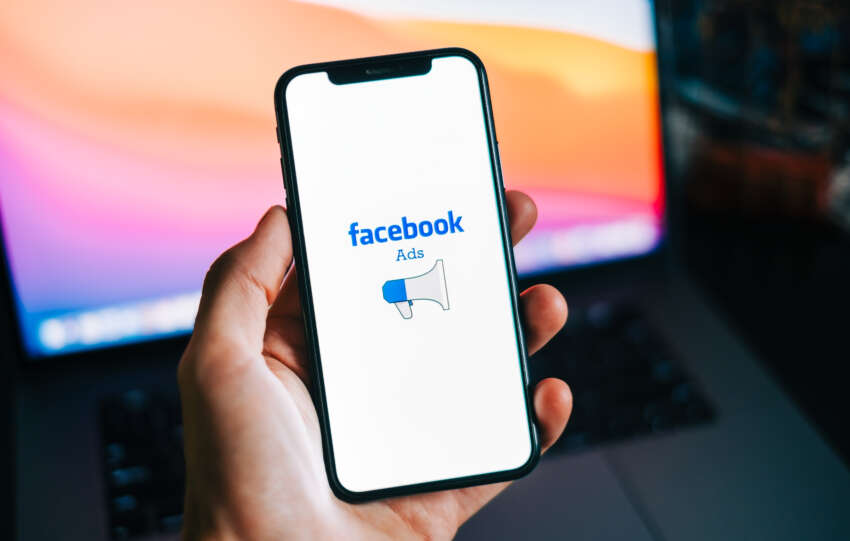How to Monetize Websites in 2022?

The days ahead of launching the website are the most energy-packed ones. On the one hand, you are excited, and on the other, your hopes of making money are getting fulfilled, which gets you pumped up.
You hit the launch button and the site is live. Days pass, and you see the first visitor on the analytics dashboard. I can see those tiny tears tumbling down your cheek.

It’s what you wanted for all this while, and your happiness has no bounds. More people are visiting your website, and it’s growing. Thanks to the excellent SEO assistance you received from the fellow flocks.
It’s been six months since you launched your website, but the tears come back when you check the revenue. This time not out of happiness but seeing how things aren’t working the way you intended it to happen.
If this is your story, this blog will help you navigate through these tough times and make your dream of monetization possible for you using a few easy-to-implement strategies.
Website monetization can be done in several ways. Below is a detailed description of how to monetize a website using different strategies.
Place Advertisements

Consider your website as real estate. If people are visiting your website that means there are businesses out there that are looking to reach out to your audience.
Giving the ad space for such businesses to display their advertisements can help you generate instant money.
However, if you are going with third-party service providers like Google AdSense, know that there is less control over what ads may show up on your website.
Additionally, the revenue may not seem attractive, and you have to wait till the end of the month to receive the payment.
That said you always have the option to connect with businesses directly and work out a better advertising deal.
In fact, you have options to use the same ad space for multiple ads or even restrict it based on the location of the visitors.
This monetization strategy best works for blogs that are niche-specific because the audience is highly targeted and there are businesses out there that want to target only a specific group.
If your website is generic such as a news website, you can try using services such as Taboola or Outbrain.
These services will inject content to your blog based on advanced AI technology and you get monthly recurring payments based on the number of clicks received.
Choose Affiliate Marketing

Affiliate marketing is still one of the most lucrative strategies to generate high income from your website.
Think of it this way, you have a highly resourceful website containing digital marketing tips and you are getting tons of traffic to the site.
Take my word; there is going to be a handful of digital marketing business owners ranging from web designers to social media marketing agencies to SEO service providers eagerly looking to partner with you as an affiliate.
Why? Because if they are going to spend thousands of dollars on PPC ads through Google, they aren’t sure whether the message is reaching the right audience. However, with your website already attracting business owners who want to try these strategies, the audience is laser-focused.
But let me tell you this upfront: If you are going to do affiliate marketing without adding much value, things aren’t going to be easy.
When doing affiliate marketing you must be objective with the kind of message you put out to the audience. You can do that in multiple ways:
- Product Reviews: One of the ways to earn affiliate income is by doing in-depth product reviews. Make sure to include both pros and cons of the product or service. Try to answer the questions that are most commonly asked by the target audience about similar products. Being impartial is important in affiliate marketing because the audience is tired of promotional posts that glorify products. Google recently came up with an update that focused on demoting the rankings of such pages.
- Tutorials: There are tons of tools, plugins, products, and services out there that the target audience won’t know how to use. They back off from purchasing these products and services due to the lack of know-how. Tutorials make it easy for them to learn the nitty-gritty and instill confidence in them to purchase it. As a website owner, if you have a great tutorial with an affiliate link to the product, there is a high chance that people will purchase, and you get bulk affiliate commissions.
- Comparison: There exist alternatives for almost all commodities out there. The more alternatives, the more confused the target audience becomes. They need the help of an expert to separate the wheat from the chaff. This is one of the best affiliate marketing strategies, as you can include multiple affiliate links on the same page and get even more commission. That said, the same principle of impartial comparison is a prerequisite. If your audience senses the content is leaning towards one particular brand without valid reasons, they may never turn up again. This method works best if you have an affiliate page for big eCommerce websites that list multiple products under the same category.
Paid Subscription Model

The subscription model is becoming one of the popular ways to monetize websites, especially with research and news websites; the subscription model has proved successful.
When you are publishing content that requires a great deal of research and analysis, it automatically adds value. It becomes so apparent that you cannot distribute the information for free.
In such cases, you can do some gatekeeping and access such content only for your paid subscribers or paid members.
However, this monetization method is not meant for every website owner out there. That said, if similar content is accessible on other platforms, there is no reason people will throw their money at you.
This model works best for news, forums, the R&D industry, creative websites, artistic websites, and journals.
Influencer Marketing

Do you know brands are looking for micro and macro influencers in a specific niche to help their message reach the right audience?
The term influencer may seem a bit intimidating. You don’t have to be like JerryRig or Matt Bailey to make money through influencer marketing.
All that is required from you is to be really good at what you do and get the trust of a bunch of people. You are on the way to earning more than what you ever expected if you do this right.
There are businesses within your niche eagerly waiting for you to say yes. Because you have done the sweaty job of finding the right people, all they have to do is put the message on the plate.
Have you heard of Blippi, the kid’s guy who does educational videos? He visits play centers in various US cities and demonstrates the rides. His videos are even watched by kids outside of the US and the publicity these play centers get is so immense.
Blippi, by the way, is a macro influencer. He has a huge fan following, but you first have to pass the test of becoming a micro-influencer to get to that point.
For example, a home designer in Seattle publishes content about the latest design trends and updates happening within her serviceable area. Many friends, clients, business partners keep a close eye on what the person is publishing.
That means, inadvertently, she has already become a micro-influencer, and interior design studios are begging for a mention on her website. Here, a mention equates to money, by the way.
Sponsored Content

What if I told you that you could get free content and get paid for publishing that? Sponsored content is articles written by businesses and brands that want to extend their audience reach.
What do you think about the quality of content? Usually, they come out good because no brand wants to taint the name by publishing error-ridden content.
Usually, the intent of sponsored content is to sensitize the people about new features or the quality of the products and services they provide. It’s part of the PR activity of a business.
But when you allow sponsored content, make sure that the entity is legitimate and your users aren’t losing the money. Also, it’s advised to tag the article as sponsored content so that your audience knows that it’s a paid post.
Guest Post

Although guest posts may seem similar to sponsored content, there is a subtle difference between both. Let me explain.
Coming up with topics for your blogs and then getting them written is one of the most challenging parts of running a website. Countless hours are put in by the content team to get that perfect article published.
With Guest posts, you get people to write content on topics you prefer. In return, provide them a brand mention or a backlink within the same content they offer.
Unlike PR, guest posts are widely used to increase the authority of the website so that the keyword rankings improve and more people find them on organic search.
However, this is one strategy within the SEO realm that’s most exploited to trick Google’s algorithm. Opening up your website for all kinds of guest posts will land you in trouble.
If Google finds that the articles are low quality and it’s linking back to an irrelevant website, it could end up getting blacklisted.
So, if you are accepting guest posts, make sure the content maintains the quality standards and guidelines set by you.
Also, don’t approve of any post that tries to forcefully embed the anchor text. You must make sure that the links are placed contextually within the content.
Monetization of a website means you are extending a helping hand to other business owners who are desperately looking to reach out to the right audience. No matter whichever strategy you are going to use, the core concept will remain the same.
So, which of these monetization strategies do you think is the best fit for your website? Let us know in the comment box below.





